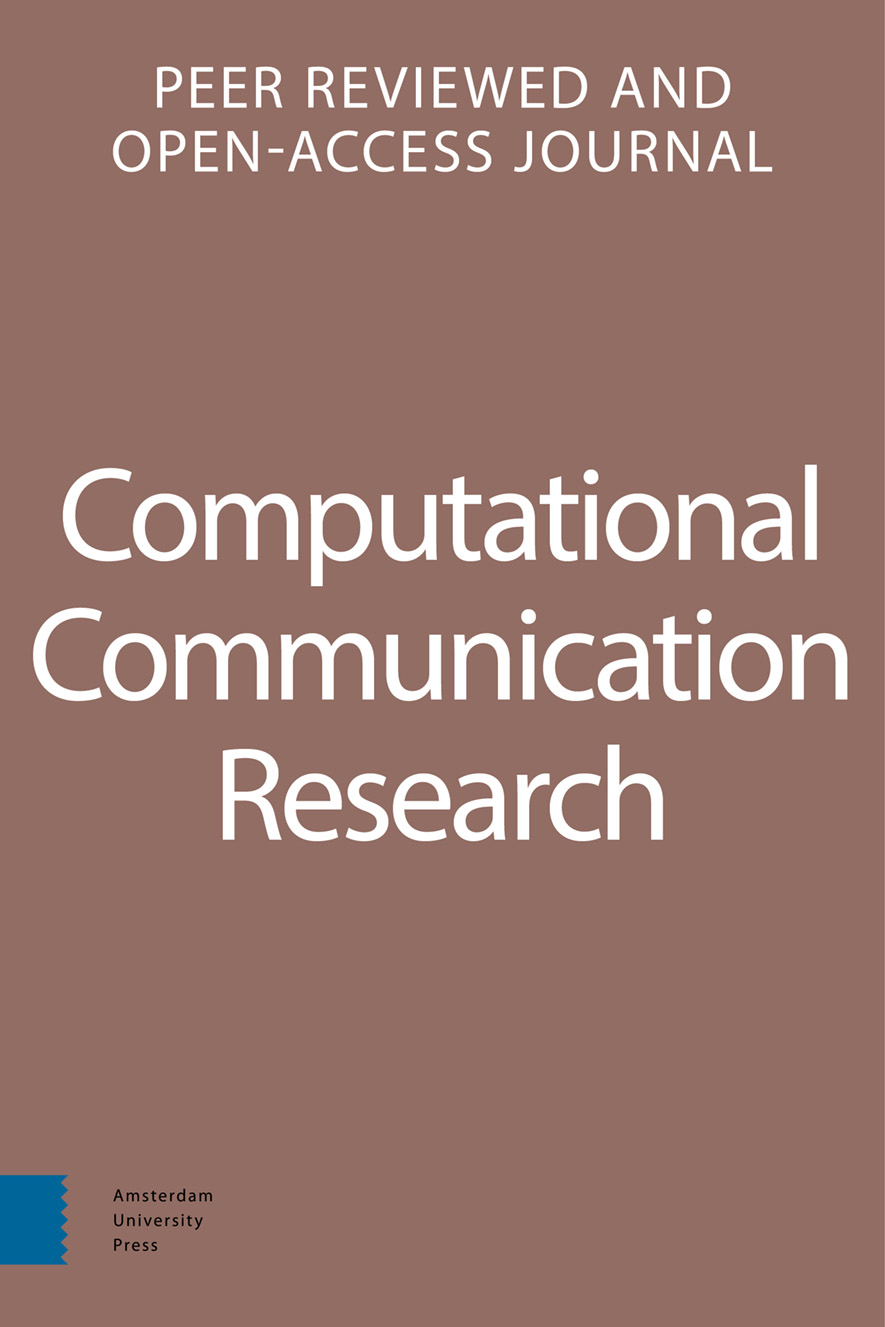-
oa An Experimental Study of Recommendation Algorithms for Tailored Health Communication
- Amsterdam University Press
- Source: Computational Communication Research, Volume 1, Issue 1, Oct 2019, p. 103 - 129
-
- 01 Oct 2019
- Previous Article
- Table of Contents
- Next Article
Abstract
Recommendation algorithms are widely used in online cultural markets to provide personalized suggestions for products like books and movies. At the heart of the commercial success of recommendation algorithms is their ability to make an accurate prediction of a target person’s preferences for previously unseen items. Can these algorithms also be used to predict which health messages an individual will evaluate favorably, and thereby provide effective tailored communication to the person? Although there is evidence that message tailoring enhances persuasion, little research has examined the effectiveness of recommendation algorithms for tailored health interventions aimed at promoting behavior change. We developed a message tailoring algorithm to select smoking-related public service announcements (PSAs) for smokers, and experimentally test its effectiveness in predicting a target smoker’s evaluations of PSAs and encouraging smoking cessation. The tailoring algorithm was constructed using multiple levels of data on smokers’ PSA rating history, individual differences, content features of the PSAs, and other smokers’ PSA ratings. We conducted a longitudinal online experiment to examine its efficacy in comparison to two non-tailored methods: “best in show” (choosing messages most preferred by other smokers) and “off the shelf” (random selection from eligible ads). The results showed that the tailoring algorithm produced more accurate predictions of smokers’ message evaluations than the simple-average method used for the “best in show” approach. Smokers who viewed PSAs recommended by the tailoring algorithm were more likely than those receiving a random set to evaluate the PSAs favorably and quit smoking. There was no significant difference between the “best in show” and “off the shelf” methods in message assessment and quitting behavior.


